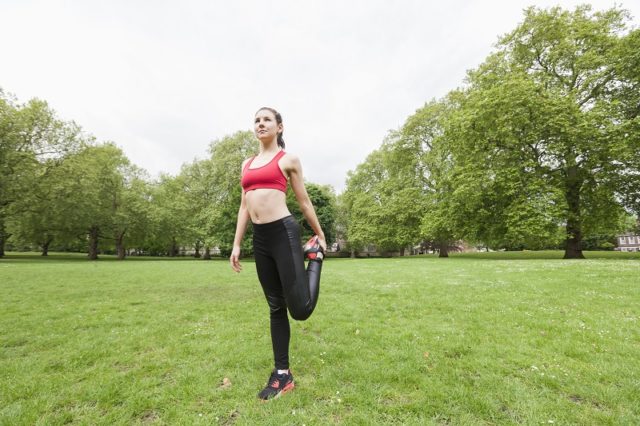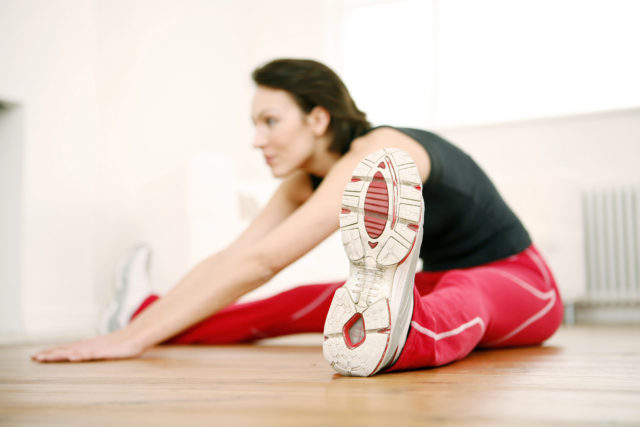One of the most contentious issues in stretching is whether stretching before exercise is good for you or not. With strong evidence both for and against both options, it’s easy to understand people’s confusion.
As the weather is so lovely it is very tempting to get outside for your workout. Some people feel a bit self-conscious doing stretches out in public either before or after a run. and wonder if they are actually doing any good, or whether in fact, they are having the opposite effect.
The answer to the question of whether stretching is beneficial or can cause injury, like many things, is context specific and is dependent on a number of factors:
|
Each of the above questions needs to be answered before determining whether a particular stretch would be detrimental to performance.
What’s the training objective?
If the training objective is biased towards mobility or flexibility, then stretching before exercise would be beneficial.
What type of stretching is being performed?
Static stretching is more likely to lead to injury if done incorrectly, whereas there is little chance of dynamic stretching before exercise doing the same.
How long is the stretch being held for?
Holding stretches for up to 30 seconds has been shown to have no detrimental effect on performance. Holding stretches for longer than this begins to reduce the contractile properties of the muscle.
What level of tension is present in the muscle during the stretch?
The greater the level of tension during a stretch, the greater the risk of injury if exercising immediately afterwards.
How far ahead of demanding exercise is the stretch being performed?
Stretches performed at the start of a warm-up alongside myofascial release and activation drills are significantly less likely to contribute to injury than stretches immediately preceding high-intensity activity.
Is the tissue being stretched tight for a reason?
Sometimes a muscle is tight to protect the body from instability or a lack of control. In these instances, stretching prior to exercise could be counterproductive.
So in summary, these are my tips as to how to stretch in order to get the best out of your workout
|

Rachel Law is a personal fitness trainer based in New Malden, Surrey. Qualifications: ActivIQ Level 3 Personal Training; Burrell Education Pregnancy Exercise Prescription; Burrell Education Advanced Pregnancy Wellness Practitioner; Burrell Education Advanced Post Natal Exercise Prescription; Burrell Education 3rd Age Women Optimal Health and Nutrition; Burrell Education Peri Natal Athlete; Burrell Education Pelvic Flow and Freedom; Olympic Weight Lifting; Premier Global Kettlebells; FIE Level Assessment and Mentoring



